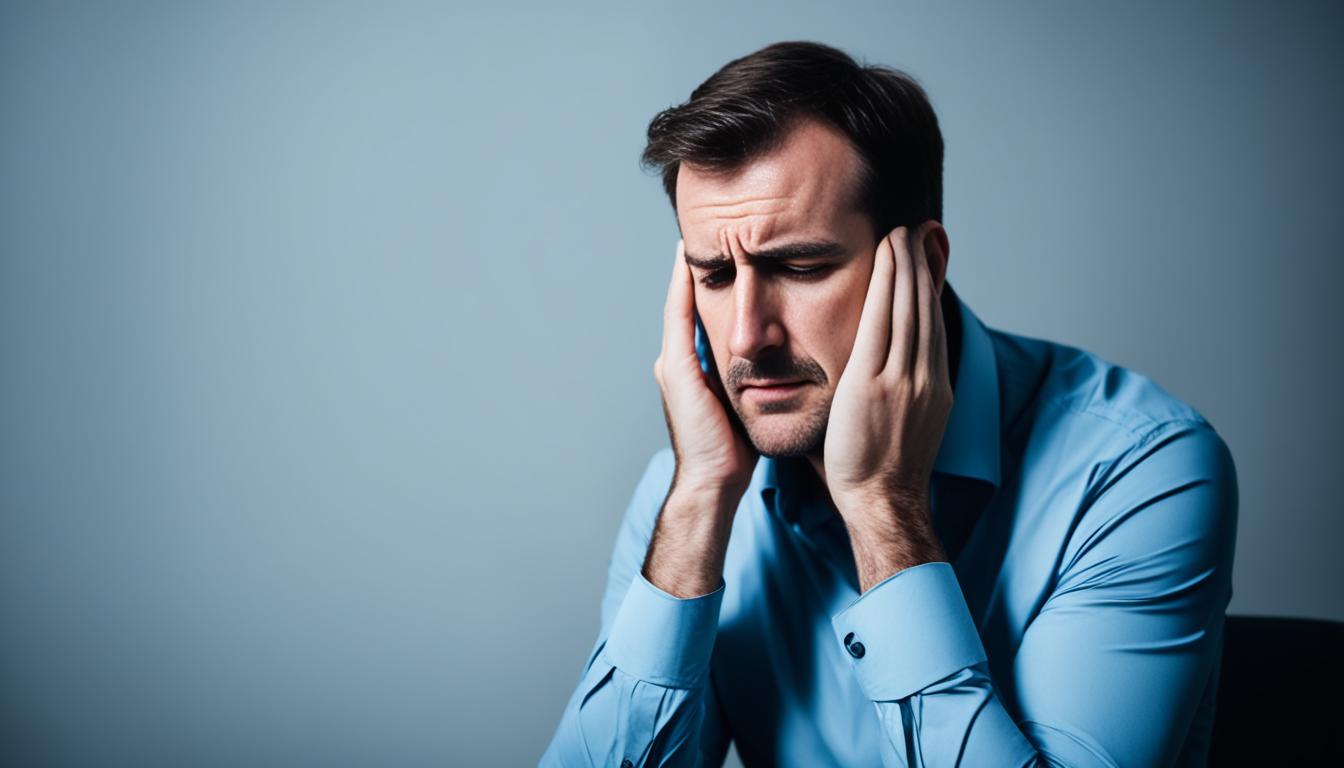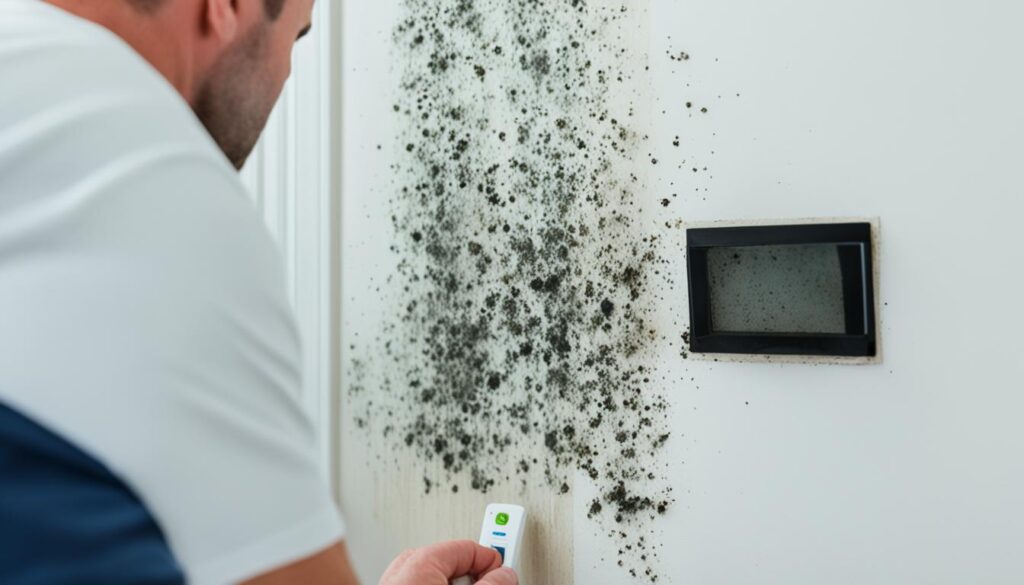
Recognizing Symptoms of Black Mold Exposure
Black mold exposure can have serious health implications, making it crucial to be able to recognize the symptoms associated with it. Whether you are a homeowner or a tenant, being aware of these symptoms can help you identify potential mold issues in your living environment and take the necessary steps to protect your health.
Black mold, also known as Stachybotrys chartarum, is a type of fungus that thrives in damp and humid conditions. It can grow on various surfaces, such as walls, ceilings, carpets, and even furniture. When disturbed, black mold releases spores into the air, which can be inhaled and cause negative health effects.
Recognizing symptoms of black mold exposure is essential because they can often mimic other common ailments, making it easy to overlook the underlying mold issue. These symptoms can vary from person to person, but some common indicators include:
- Respiratory issues, such as coughing, wheezing, and shortness of breath
- Nasal congestion, sneezing, and runny nose
- Itchy or watery eyes
- Headaches or migraines
- Fatigue and weakness
- Skin rashes or irritation
If you or someone in your home is experiencing these symptoms and they seem to worsen when spending time in a specific area or room, it could be a sign of black mold exposure. Seeking professional help, like Fix Mold Miami who offers mold assessments and remediation services, can help you diagnose the issue and take appropriate measures to eliminate the mold.
Key Takeaways
- Recognizing symptoms of black mold exposure is essential for protecting your health.
- Black mold can cause respiratory issues, nasal congestion, eye irritation, headaches, fatigue, and skin rashes.
- If you experience symptoms that worsen in a specific area or room, it could indicate black mold exposure.
- Consulting with professionals, like Fix Mold Miami, can help diagnose and remediate black mold issues.
- Take proactive steps to create a safe and mold-free environment for yourself and your loved ones.
Common Symptoms of Black Mold Exposure
When exposed to black mold, individuals may experience a range of common symptoms. It is crucial to be aware of these symptoms in order to take appropriate action and protect your health.
Black mold exposure can affect individuals differently, and symptoms may vary from person to person. Some individuals may experience mild symptoms, while others may develop more severe reactions.
Here are some of the common symptoms associated with black mold exposure:
- Respiratory issues, such as coughing, wheezing, and shortness of breath
- Nasal congestion and sinusitis
- Eye irritation, including redness, watery eyes, and itchiness
- Throat irritation and soreness
- Headaches and migraines
- Fatigue and weakness
- Allergic reactions, such as skin rashes and hives
- Difficulty concentrating or memory problems
It is important to note that these symptoms can overlap with other health conditions, making it essential to consult a healthcare professional for an accurate diagnosis.
If you suspect black mold exposure in your surroundings, it is recommended to seek professional mold testing and remediation services. Taking prompt action can help prevent further health complications.
“Recognizing the common symptoms of black mold exposure is crucial for protecting yourself and your loved ones. By being aware of these symptoms, you can take appropriate action and seek the necessary help.”
To provide a more comprehensive overview of the symptoms associated with black mold exposure, refer to the table below:
| Symptoms | Description |
|---|---|
| Respiratory issues | Coughing, wheezing, and shortness of breath |
| Nasal congestion and sinusitis | Stuffy nose, sinus pressure, and inflammation |
| Eye irritation | Redness, watery eyes, and itchiness |
| Throat irritation | Sore throat and discomfort |
| Headaches and migraines | Severe or recurring headaches |
| Fatigue and weakness | Lack of energy and feeling tired |
| Allergic reactions | Skin rashes, hives, and itching |
| Difficulty concentrating or memory problems | Brain fog, impaired focus, and forgetfulness |

Early Detection and Prevention Tips for Black Mold
Black mold is a serious issue that can potentially cause various health problems if left unchecked. Detecting black mold early and implementing preventive measures are vital for maintaining a safe and mold-free environment. In this section, we will provide you with valuable tips and practices to help you identify black mold early and take proactive steps to prevent its growth.

Early detection plays a crucial role in preventing black mold from spreading and causing harm. Here are some signs that can indicate the presence of black mold in your home:
- Visible mold growth: Look out for any patches or discoloration on walls, ceilings, or other surfaces. Black mold often appears as dark green or black spots.
- Musty or earthy odor: Pay attention to any persistent musty smells in your home, especially in areas prone to dampness like basements, bathrooms, or near leaky pipes.
- Water damage: Any recent or past water damage can create an ideal environment for black mold to thrive. Check for signs of water leaks, such as stains, peeling paint, or warping of surfaces.
- Excessive moisture: High humidity levels or condensation can provide the moisture that black mold needs to grow. Monitor humidity levels in your home using a hygrometer and address any areas with excessive moisture.
- Health symptoms: Be aware of any respiratory issues, allergic reactions, or unexplained health problems that worsen when you are indoors. These symptoms can indicate black mold exposure.
To prevent black mold growth and reduce the risk of exposure, follow these preventive measures:
- Control humidity: Use dehumidifiers to maintain ideal humidity levels (between 30% and 50%) in your home. Be sure to address any sources of excess moisture promptly.
- Proper ventilation: Promote air circulation by opening windows, using exhaust fans in bathrooms and kitchens, and ensuring adequate ventilation in attics and crawl spaces.
- Fix leaks: Repair any water leaks immediately to prevent moisture buildup. Regularly check pipes, faucets, roofs, and windows for leaks and address them promptly.
- Maintain clean and dry surroundings: Regularly clean and dry areas prone to dampness, such as bathrooms, kitchens, and basements. Remove any visible mold and mold-affected materials following proper safety precautions.
- Inspect and seal: Regularly inspect your home for any signs of water damage or areas susceptible to mold growth. Seal cracks and gaps in walls, windows, and doors to prevent moisture intrusion.
By being proactive in early detection and implementing preventive measures, you can significantly reduce the risk of black mold infestation and protect the health and well-being of your household.
Conclusion
Recognizing the symptoms of black mold exposure is crucial for safeguarding your health and well-being. By understanding the common symptoms associated with black mold exposure, such as respiratory issues, allergies, and skin irritation, you can take proactive measures towards early detection and prevention.
Consulting professionals like Fix Mold Miami for mold assessments and remediation services can provide you with expert guidance and assistance in identifying and eliminating black mold in your home or workplace. Their specialized knowledge and experience can help ensure that your living environment remains safe and mold-free.
To prevent black mold growth, it is important to take necessary precautions. Regularly inspect and address any moisture problems or leaks in your surroundings, as damp areas provide an ideal breeding ground for mold. Maintain proper ventilation, use dehumidifiers if needed, and ensure that your living spaces are adequately lit.
By being proactive and implementing preventive measures, you can create a healthier environment for yourself and your loved ones, reducing the risk of black mold exposure and its associated symptoms. Your health and well-being should always be a top priority.




